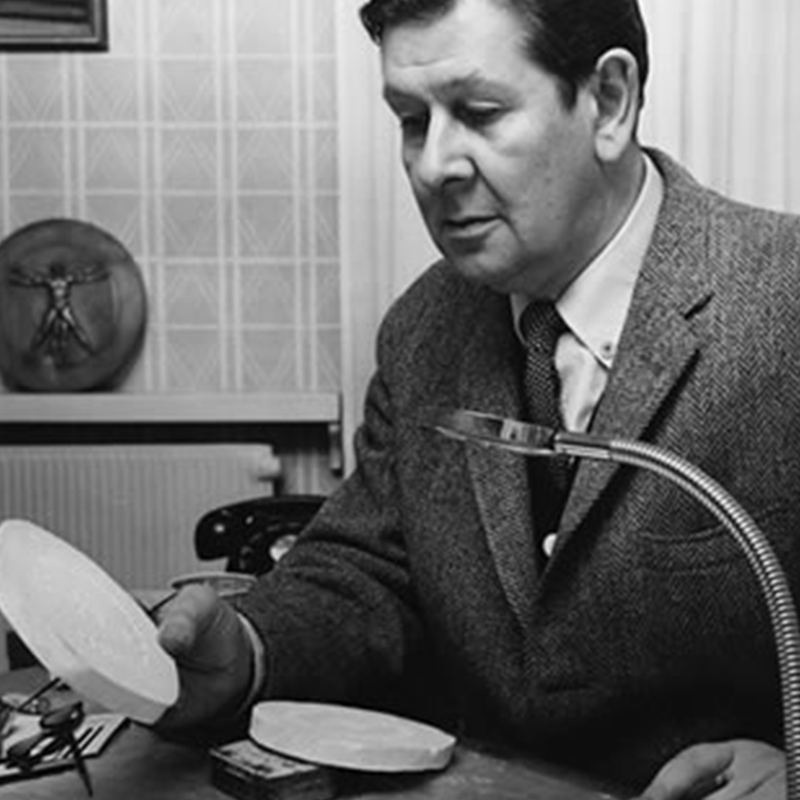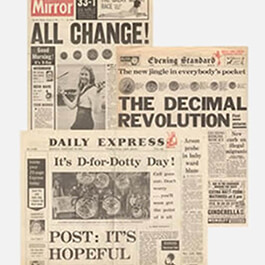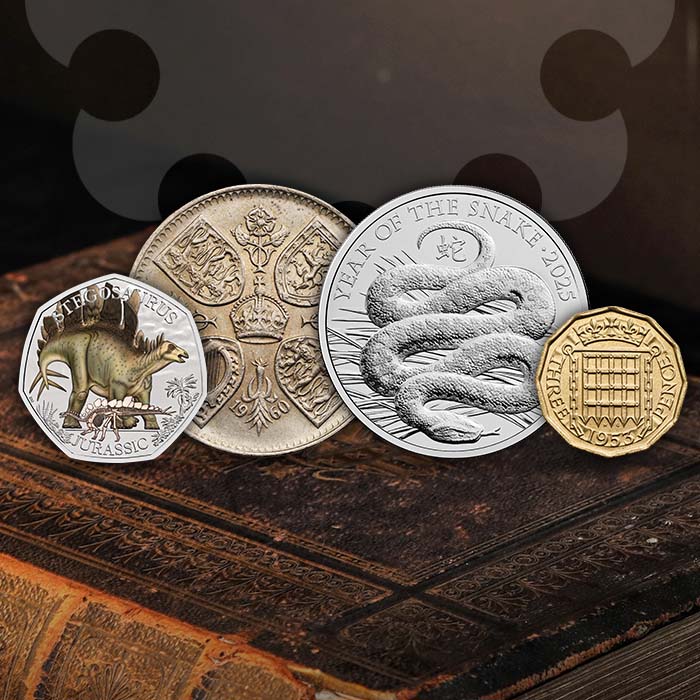Britain adopted decimal currency in 1971 but the process of designing the new coins actually began ten years earlier.
In 1961 The Royal Mint invited the Royal Academy, the Royal Institute of British Architects, the Faculty of the Royal Designers for Industry and the Royal College of Art to nominate artists to submit designs for the new decimal currency.
To enter the competition, the Royal College of Art and the Royal Designers for Industry joined forces. The designer, Christopher Ironside, was a member of the team and his submission was chosen for the winning designs.
Ironside worked around the clock to create designs for the nation’s coinage. His wife, Jean, explains in her memoir just how much time and dedication he put into the work. He toiled away for five years until one day the Chancellor of the Exchequer James Callaghan unexpectedly announced an open competition to design the new decimal coins.
Lesser artists might have been put off by this setback after so many years of work, but not Ironside. He went back to the drawing board and worked even harder to produce a set of designs that would win the competition a second time. He was successful and sure enough his designs went on to feature on the new decimal coins back in 1971.
What did Ironside’s original designs look like? You can see for yourself below. The working drawings and moulds are held at The British Museum, while the coins themselves are held at The Royal Mint Museum.
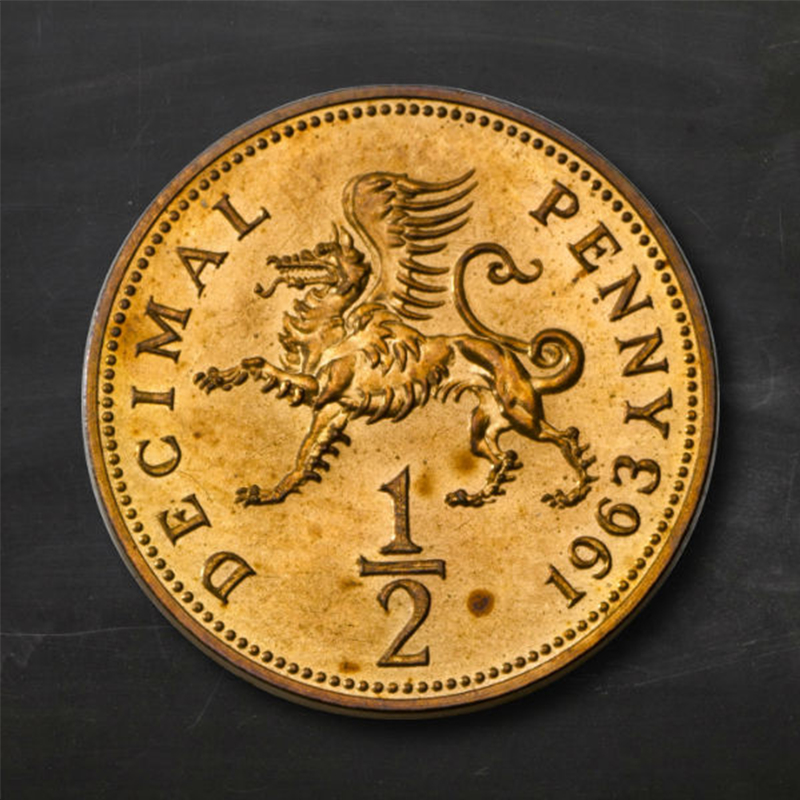
The half penny coin featured a Welsh dragon.
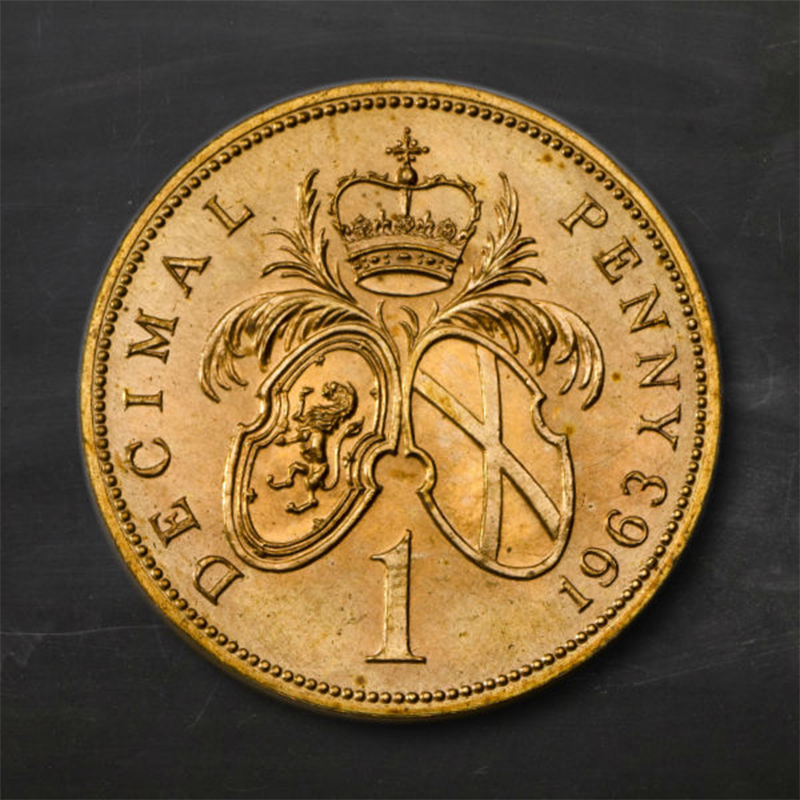
The one penny coin had a Scottish theme.
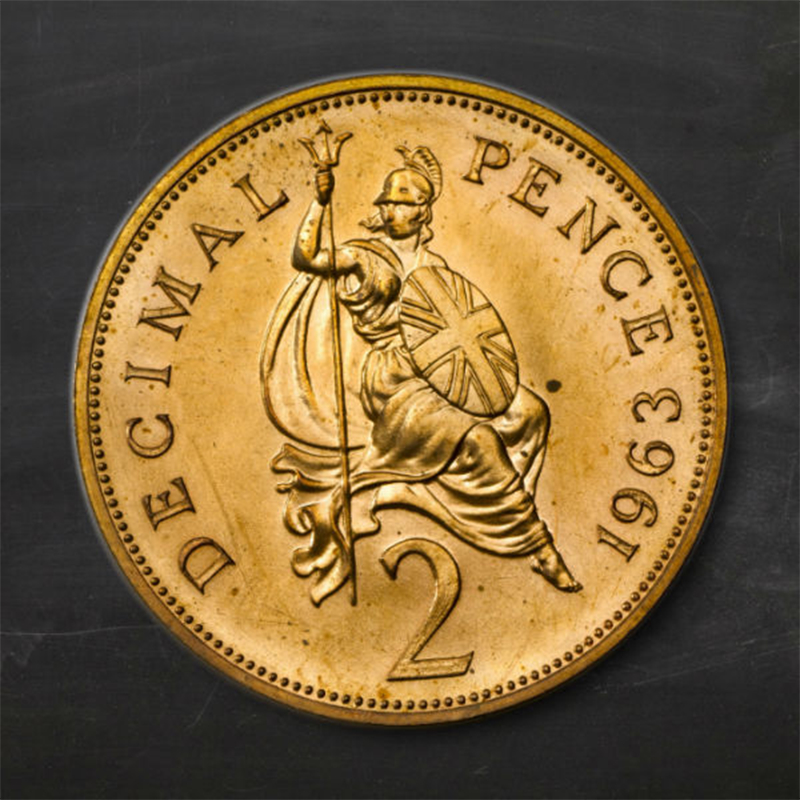
The two pence coin featured Britannia
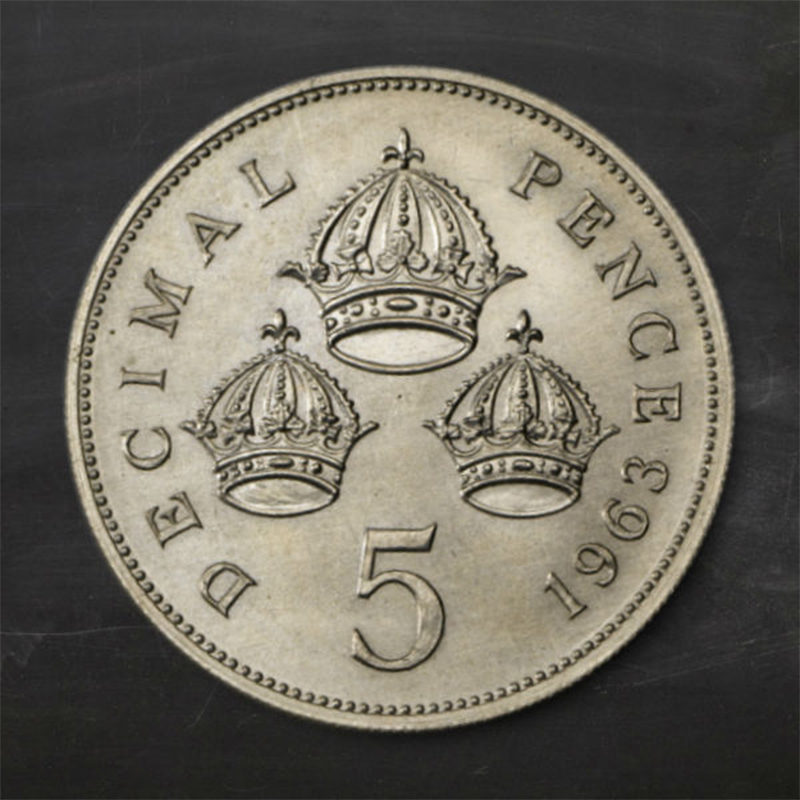
Three crowns appeared on the five pence coin.
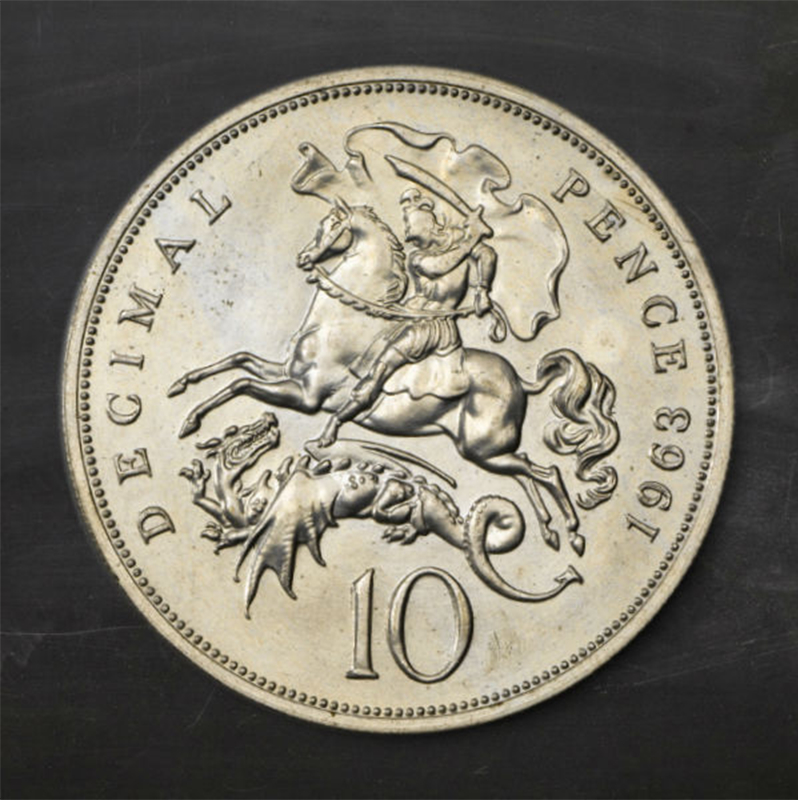
The 10p coin featured St George and the dragon.
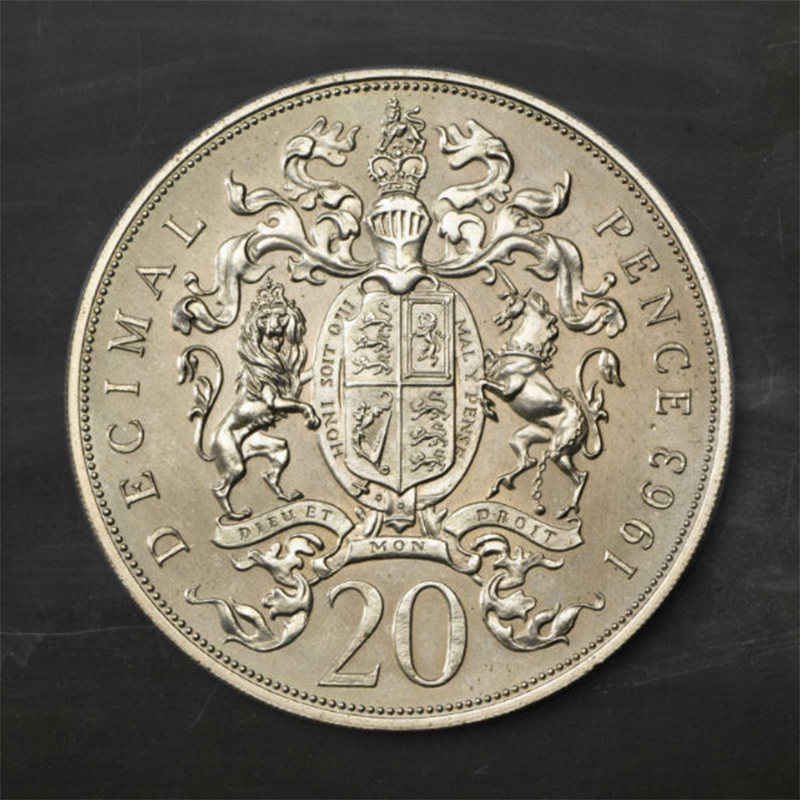
The 20p coin showed the royal coat of arms. It predated the nation’s first 20p coin by almost 20 years.

